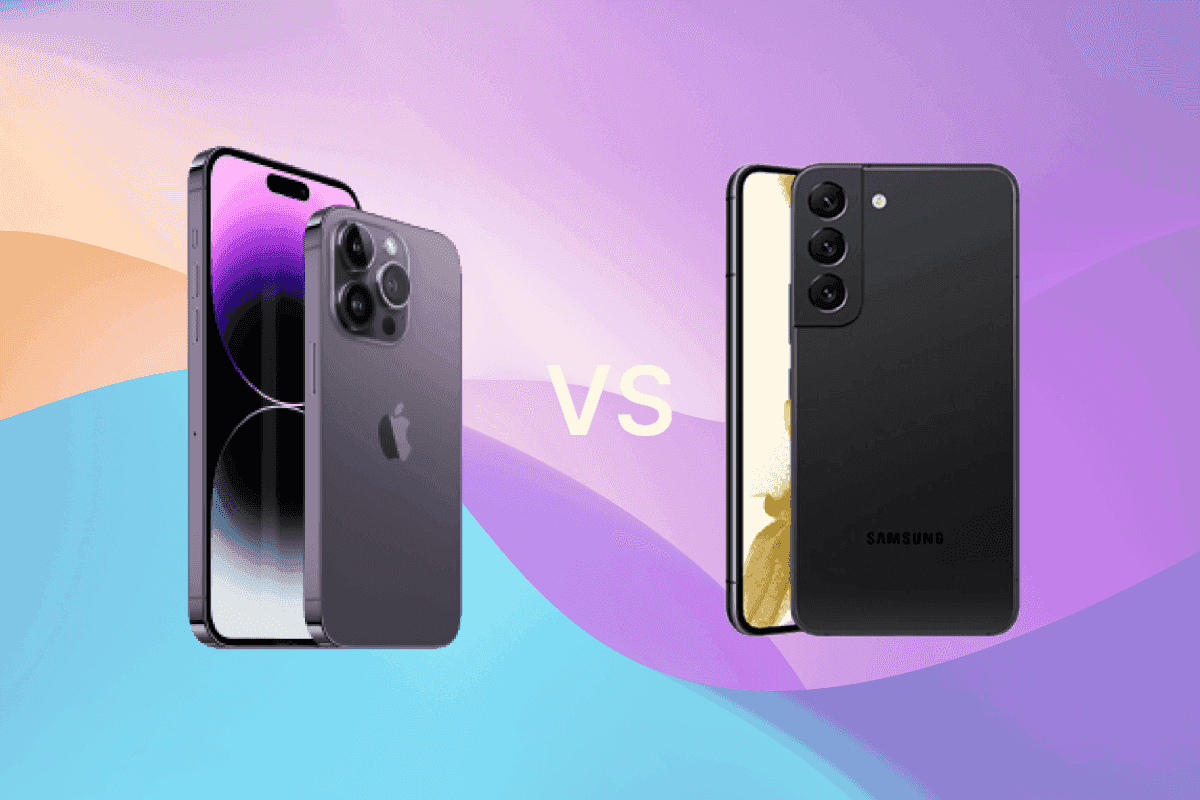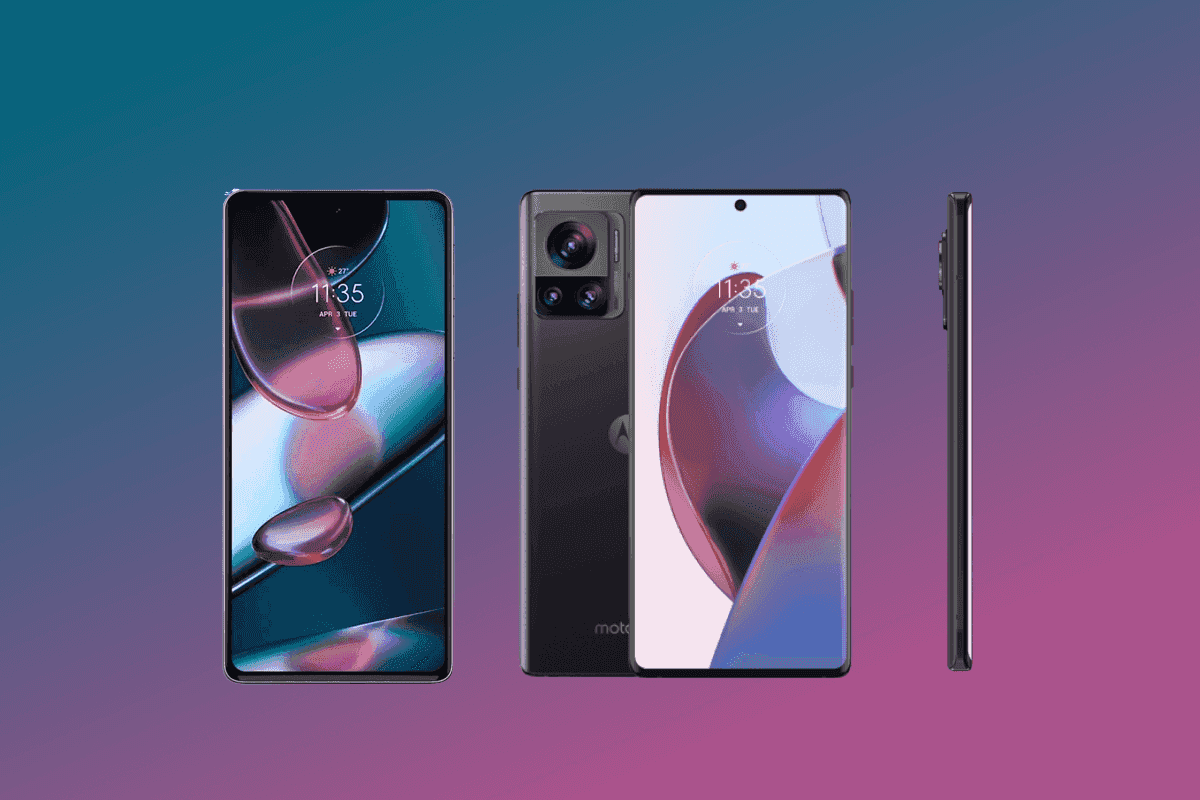The Latest
The Latest
They were the second and third Nexus phones, respectively (the first one – the Nexus One was made by HTC). However, in 2011, Google and Samsung parted ways following a two-year collaboration.
The Nexus smartphones that followed were built by LG, Motorola, and Huawei until Google’s significant rebranding, which redefined Google’s identity as a phone-maker. I’m talking about the changeover to the Pixel lineup, in case you didn’t notice.
- HTC’s Google Pixel 1 series
- HTC’s Google Pixel 2 is a smartphone designed by Google.
- LG’s Google Pixel 2 XL
- Foxconn’s Google Pixel, 3 and 4 series
Samsung was nowhere to be found after the changeover to Pixel, as you can see. But first, there’s this! Before the Pixel, a few other phones generated headlines and drew the attention of Android enthusiasts.
Sure, Google ceased selling their final Google Play edition phone in January 2015 after repeated tries (the HTC One M8). However, the thought of a “stock” Android Samsung-made flagship was tempting to those consumers who wanted the best of both worlds – superb Samsung-level hardware and quick and dependable Google software – instead of… TouchWiz.
Yes, Samsung’s Android skin included some (often unnecessary) extra features like split-screen multitasking and air gestures, but the far more important aspects of the user experience, such as UI navigation, animations, and software updates, were all faster and more reliable on Google’s version of the Galaxy S4 – which, despite TouchWiz, was a great device with massive commercial success.
Google Pixel 6 – Google sells it, Foxconn makes it, and Samsung powers it.
In case you didn’t know, Google’s Pixel 6 and Pixel 6 Pro/XL devices’ entire specifications have leaked, and we can immediately see how important Samsung was in their creation. Let’s break this down into three sections: processor, display, and camera, and give them the attention they deserve.
Samsung is the manufacturer of the Google Pixel 6 processor.
This article goes through the Google Pixel 6 and Google Pixel 6 Pro/XL CPU in detail. In a nutshell, Samsung Semiconductors’ system large-scale integration (SLSI) group is working on the unique “Whitechapel” chip.
In other words, this is a Samsung-designed SoC that is similar to the Exynos 2100 seen in the Galaxy S21 series. It is unique and suited to Google’s requirements. In comparison to the Google Pixel 5, which was powered by the mid-range Qualcomm Snapdragon 765G, “Whitechapel” is projected to improve the user experience.
Samsung created the display for the Google Pixel 6
Moving on, it’s no secret that Samsung produces some of the greatest smartphone displays on the market. Many smartphone manufacturers get their panels from them. Of all, when it comes to displays, Samsung’s most famous customer is… Apple – for the iPhone.
We’ll have to wait and watch whether history repeats itself and Google uses different manufacturers for the two different Google Pixel 6 devices. However, it appears like at least one Pixel 6 with a Samsung-made panel will be released, with hopefully no display issues.
The camera on the Google Pixel 6 is made by… Samsung?!
We don’t have as much information as we have with the processor and display, but it’s enough to make some educated predictions.
Google Pixel 6 smartphone manufactured by Google.
- The main camera has a resolution of 50 megapixels, while the ultra-wide camera has a resolution of 12 megapixels.
- 8MP front camera
Google Pixel 6 Pro/XL (Google Pixel 6 Pro/XL) (Google Pixel 6 Pro
- 50MP main camera
- Ultra-wide camera: 12MP Telephoto camera: 48MP Front camera: 12MPAccording to the above-mentioned specs from Jon Prosser, the Google Pixel 6 and 6 Pro/XL will have a 50MP Sony-made primary camera.
The Korean business just unveiled a brand new 50MP sensor, and the Xiaomi Mi 11 Ultra already has a Samsung-made GN2 50MP sensor, which gives a superb camera experience.
The Pixel 6 series appears to take every high-quality Samsung component. The displays, chip, and possibly certain camera sensors – and combine it with the “Google sauce”. Five years of fast and smooth Android OS updates. The Pixel camera processing (which many people love) to create a one-of-a-kind device. It will finally give Android fans Samsung-level hardware with Google-level software magic!
In a manner, Google is attempting to form a partnership with Samsung. To provide you with a Samsung-powered flagship that may be better than Samsung’s own flagships! It’s a Galaxy masquerading as something else… and it’s an excellent one!
For more details visit the website Phonera.in .
AUTHOR
Phonera Content Team
New reasons to get excited every week
Get the most important news, reviews and deals in mobile tech delivered straight to your inbox
LEAVE A REPLY
Your email address will not be published. Required fields are marked *
FOLLOW US
By checking this box, you confirm that you have read and are agreeing to our terms of use regarding the storage of the data submitted through this form.











